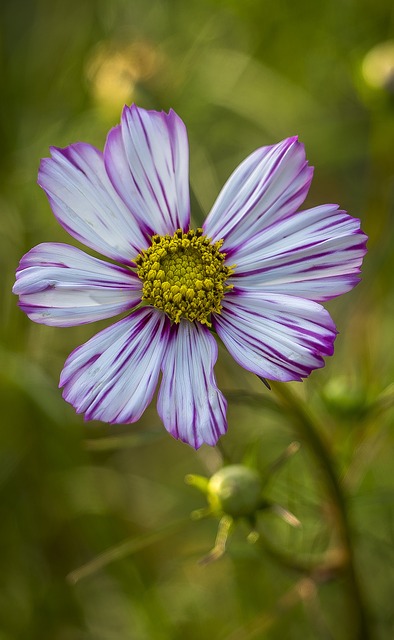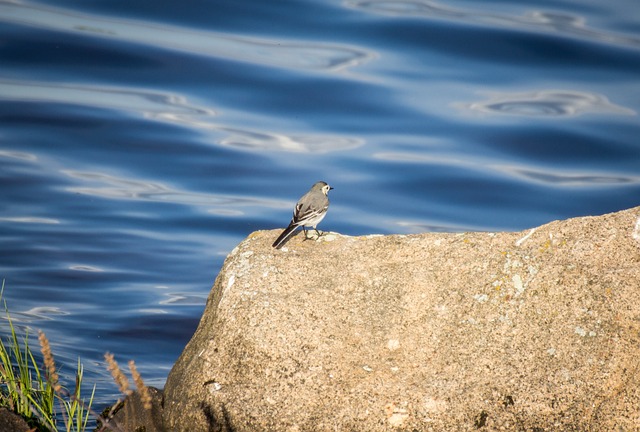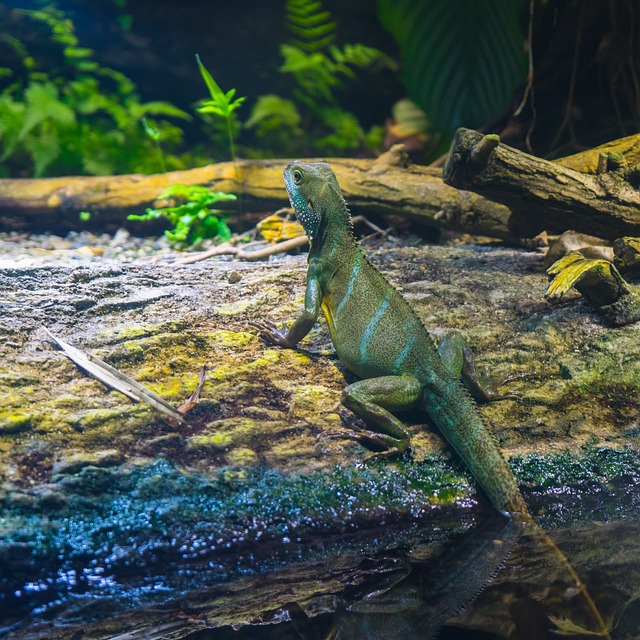opsiphanes cassina é venenosa ✌ Opsiphanes cassina: A Cautionary Beauty in the Brazilian Ecosystem

Opsiphanes cassina: A Cautionary Beauty in the Brazilian Ecosystemopsiphanes cassina é venenosa
In the lush realms of Brazilian biodiversity, where the vibrant colors of nature converge, resides a remarkable butterfly species known as Opsiphanes cassina. Often celebrated for its striking visual appeal, this butterfly harbors a hidden truth: it is a toxic entity that plays a significant role in maintaining the delicate balance of its ecosystem. While the notion of venomous creatures often evokes fear and caution, the story of Opsiphanes cassina is one of adaptation, defense, and ecological importance.
The Opsiphanes cassina, commonly recognized for its captivating patterns and vivid colors, is a member of the Nymphalidae family. Its iridescent wings, which can display hues ranging from deep blues to bright oranges, serve not only as a form of beauty but also as a warning to potential predators. This butterfly has evolved a unique defense mechanism that relies on its toxicity, derived from the specific plants it consumes during its larval stage. While many organisms in the animal kingdom rely on camouflage or speed to evade predators, Opsiphanes cassina has embraced a boldly different strategy—vibrant warning coloration paired with venomous properties.opsiphanes cassina é venenosa
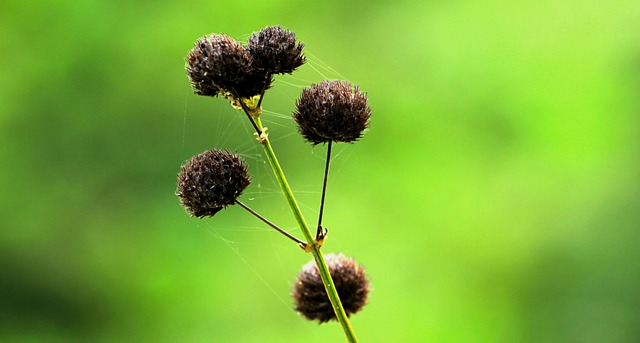
The larvae of Opsiphanes cassina predominantly feed on plants within the family Euphorbiaceae, which contain toxic compounds. As these caterpillars consume the foliage, they absorb the toxins, which later accumulate in their bodies. This fascinating process not only protects the caterpillars from predation but also ensures that adult butterflies carry these toxic traits into their reproductive phase. Consequently, predators that dare to feast on the adult Opsiphanes cassina quickly learn their lesson; the unpleasant taste and toxic effects serve as a powerful deterrent, allowing this species to thrive in its natural habitat.opsiphanes cassina é venenosa
Beyond its role as a predator deterrent, the toxicity of Opsiphanes cassina also contributes to the intricate web of ecological interactions. In the grand tapestry of the ecosystem, every organism plays a vital role, and the presence of this butterfly fosters a rich interplay of relationships. By serving as both prey and predator, Opsiphanes cassina helps regulate populations of other species, thus maintaining equilibrium within its environment.opsiphanes cassina é venenosa
Moreover, the existence of toxic organisms like Opsiphanes cassina highlights the importance of plant biodiversity. The specific plant species that provide nourishment to the butterfly's larvae are crucial in sustaining not only the butterfly population but also the myriad of other species that share the same habitat. The relationship between plant and butterfly exemplifies the interconnectedness of life forms, emphasizing the need for conservation efforts to protect these critical ecosystems.opsiphanes cassina é venenosa
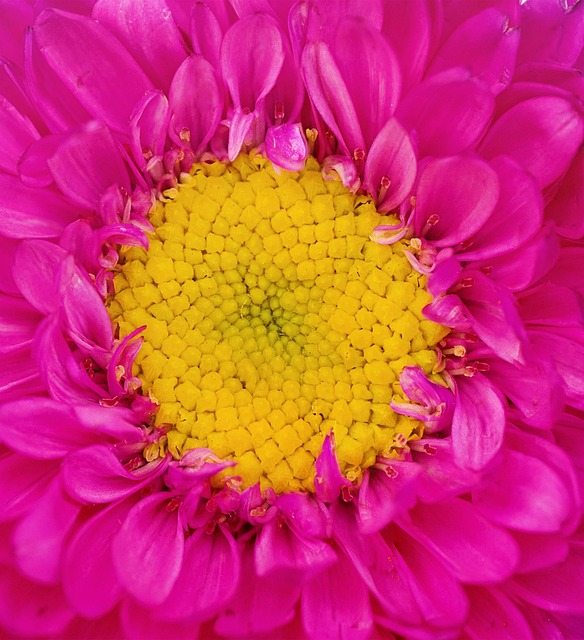
While the toxicity of Opsiphanes cassina may initially seem alarming, it serves as a reminder of nature's ingenuity and resilience. The ability of such species to adapt and thrive showcases the evolutionary marvels that have occurred over millions of years. Furthermore, this butterfly serves as an emblem of hope; as conservationists and ecologists work tirelessly to preserve and restore habitats, the story of Opsiphanes cassina reinforces the notion that even the most dangerous creatures can have a profound positive impact on their surroundings.
In an era where biodiversity faces unprecedented threats due to habitat destruction, climate change, and pollution, the tale of Opsiphanes cassina offers a glimmer of optimism. By raising awareness about the beauty and significance of this butterfly, we can foster a deeper appreciation for our natural world. Education and outreach initiatives can empower communities to engage in conservation efforts, ensuring that the vibrant colors of Opsiphanes cassina continue to grace the Brazilian landscape for generations to come.opsiphanes cassina é venenosa
In conclusion, Opsiphanes cassina is not merely a beautiful butterfly; it is a symbol of the resilience and complexity inherent in ecosystems. Its toxic nature serves as a vital defense mechanism, while its interactions with plants and predators underscore the interconnectedness of life. As we navigate the challenges of the modern world, let us draw inspiration from this remarkable species and commit ourselves to the preservation of our planet's rich biodiversity. In doing so, we not only protect the future of Opsiphanes cassina but also safeguard the intricate web of life that sustains us all.opsiphanes cassina é venenosa
Fale conosco. Envie dúvidas, críticas ou sugestões para a nossa equipe através dos contatos abaixo:
Telefone: 0086-10-8805-0795
Email: portuguese@9099.com
